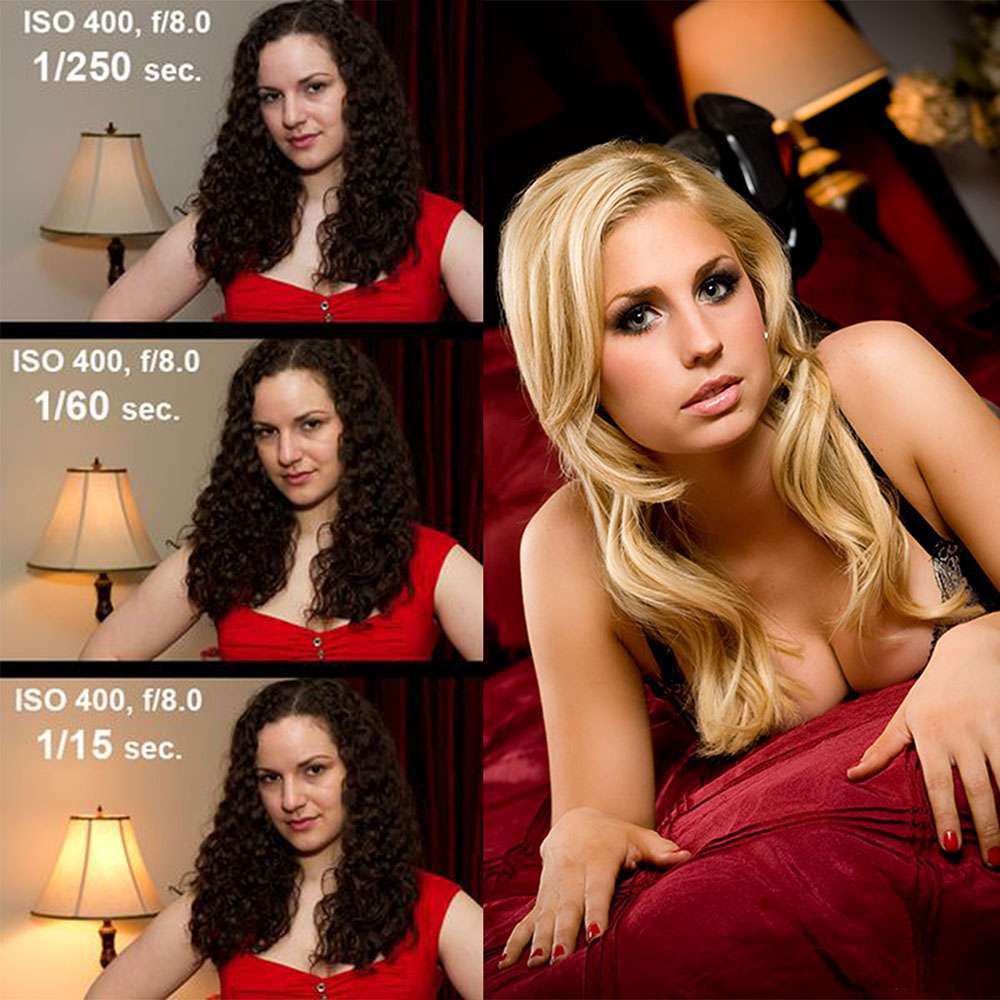When using flash, adjust your shutter speed to control the brightness of continuous lights in your exposure. Continuous lights include ambient lighting, natural light, lamps, LED lights, and so on.
Here’s the deal: let’s say you’ve got your flash dialed in for a perfect exposure on your subject, but that cool lamp in the background is looking a bit dull. Solution? Lower your shutter speed. This lets your camera soak up more light from the lamp, making it pop in your photo.
But why doesn’t tweaking the shutter speed make the flash brighter?
Here’s the breakdown: when you snap your photo, the shutter opens, letting the sensor capture any continuous light in the scene. Meanwhile, the flash does its thing with a quick burst of light (and then it’s off the clock). The shutter keeps doing its job, allowing the sensor to soak up continuous light until it closes, and bam, your exposure’s done. So, more ambient light is captured the longer your shutter is open. But the same amount of flash is captured with faster or slower shutter speeds.
Now, usually, we say that shutter speed doesn’t affect flash exposure (aka how bright the flash looks). And for the most part, that holds true.
But there are a few caveats and side effects to keep in mind:
![]() If your shutter speed’s super slow, ambient light might start affecting your subject’s exposure.
If your shutter speed’s super slow, ambient light might start affecting your subject’s exposure.
![]() Slower shutter speeds can lead to different types of blur and ghosting effects.
Slower shutter speeds can lead to different types of blur and ghosting effects.
![]() And if you’re using a really high shutter speed, you might need to switch on flash High-speed Sync (HSS).
And if you’re using a really high shutter speed, you might need to switch on flash High-speed Sync (HSS).
In the image sequence below, notice how lowering the shutter speed doesn’t really affect the flash exposure on the subject, but the lamp light increases in brightness. An example of using this effectively is in the boudoir photo shown.

Loved this tip? Here's something else you might like:
👉 Free 10-Min. Guide to Off-Camera Flash


